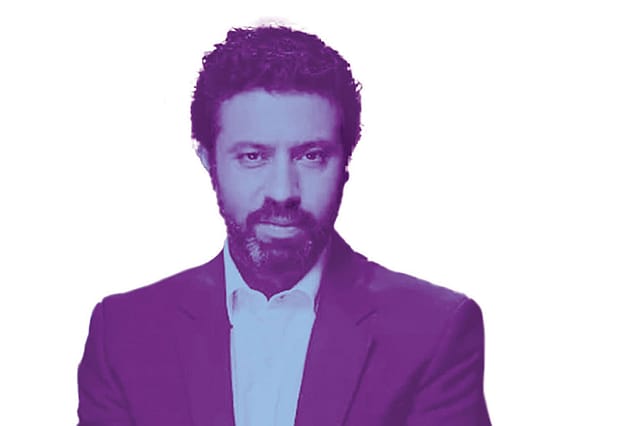The Second Republic

INDIA HAS BEEN changing irrevocably since the election of Narendra Modi in 2014. The 2024 General Election could end up being just as significant a turning point. Because the edifice will begin to rise on the foundation laid over this decade. While that’s true even in a literal sense with the Ram temple set for consecration on January 22, is Modi guaranteed to return? Modi & India: 2024 and the Battle for Bharat, by veteran TV anchor Rahul Shivshankar and Siddhartha Talya, also a TV journalist, admittedly, wouldn’t go anywhere without that assumption. And since facts and logic both dictate the assumption to be pretty safe for now, we can get to the heart of the matter.
According to Modi’s and BJP’s political adversaries and intellectual detractors, the idea of a Hindu Rashtra is the evisceration of the pluralistic Republic begat by the fathers (and mothers) of the Constitution. What if it’s the opposite? A nation that draws inspiration from the dharmic foundation of both the Indian republic and Indian civilisation, tapping into the very living connection to its past, can take everyone along as it marches into the future, in the spirit of non-institutionalised, inclusive Hinduism.
Again, is a Hindu Rashtra the end of the secular republic? Not if we accept the argument that secularism as practised in its very Indian sense hasn’t really been secularism but minoritism that discriminated only against the majority. Why else are Hindu temples under the control of state governments while Hindus don’t enjoy minority status in states where they are a demographic minority? As it happens, in its journey from Savarkar and Golwalkar to RSS and, finally, BJP, the model of the Hindu Rashtra has been diluted at each node. But with Modi, something else has happened, as witnessed, for instance, in the abrogation of Articles 370 and 35A, which dismantled “the architecture of otherness”—instead of Hindu extremism, a Hindu Rashtra will be a “harder secularism” where nobody gets special treatment. (Anglicanism is the state religion of the UK which has a Hindu prime minister. We don’t accuse today’s Britain, which is not secular, of religious discrimination, do we?)
2025 In Review
12 Dec 2025 - Vol 04 | Issue 51
Words and scenes in retrospect
The discriminatory secularism hitherto practised “took Hindu out of the Indian”. The systematic erasure of India’s Hindu past and the parallel construction of a “contrived narrative of a ‘composite culture’”, the so-called ‘Ganga-Jamuni Tehzeeb’, did not provoke a backlash in its day, unlike BJP governments’ attempts to rewrite history, because the left-liberal ecosystem always had the run of the institutions. However, just as the original manuscript of the Constitution featured Hindu deities and symbols, almost presciently cocking a snook at the Nehruvian secularist establishment, the evidence of this “sleight of hand” was left all over. Why are ‘secularists’ so anxious to stigmatise anyone trying to merely uncover the truth, as with, say, the archaeology of Ram Janmabhoomi or even interpreting Ram Rajya a la Gandhi? “What is it that a section of the intelligentsia does not want us to unearth?” ask the authors. The answer: “A Marxist machination—the discovery of which could upend years spent constructing a secular historiography centred on extirpating the Hindu from India’s civilizational history.” How this happened is laid bare by the recommendations of the committee on school textbooks, particularly one from 1969 that “called for ‘a creative and purposeful reinterpretation of history and a judicious selection of historical truths’.” QED?
Encyclopaedic in scope, the book is an overview of how India became Bharat again, a journey whose milestones also point to the future: “India’s liberal democratic credentials are its ticket to Vishwa Guru status.” Indian democracy was not merely a gift of Western liberalism, but equally a result of a tolerant socio-philosophical tradition. Thus, the “idea of Bharat cannot be reduced to this deviation induced by the ‘left-liberal’ elite. Going forward, we will have to… [combine] the spirit of liberty with our civilizational spirit—Sanatana Dharma.”
If the “Second Republic”, being born, has at its helm people who understand dharma in its accommodative and unexceptionable sense, then there’s little to worry about. India and Bharat, after all, can coexist. The danger lies elsewhere: even as Modi reaches out to minorities, the fringe of the Hindutva base can throttle the dharmic republic at birth.

